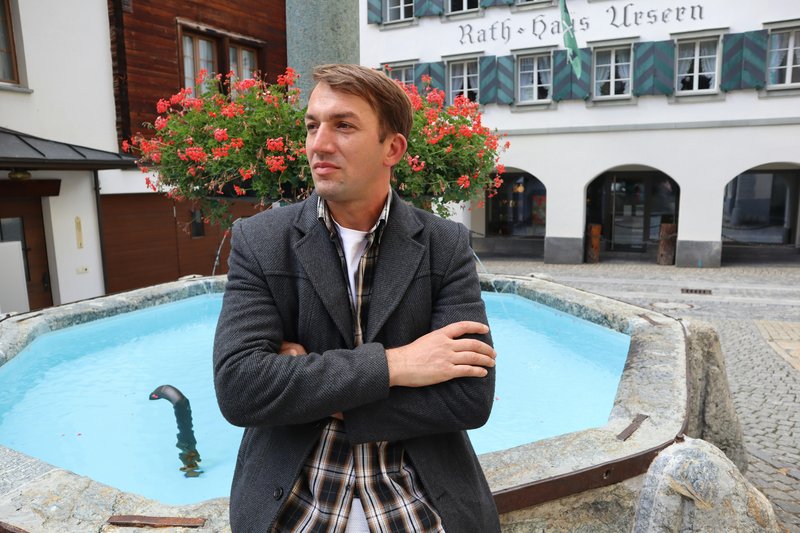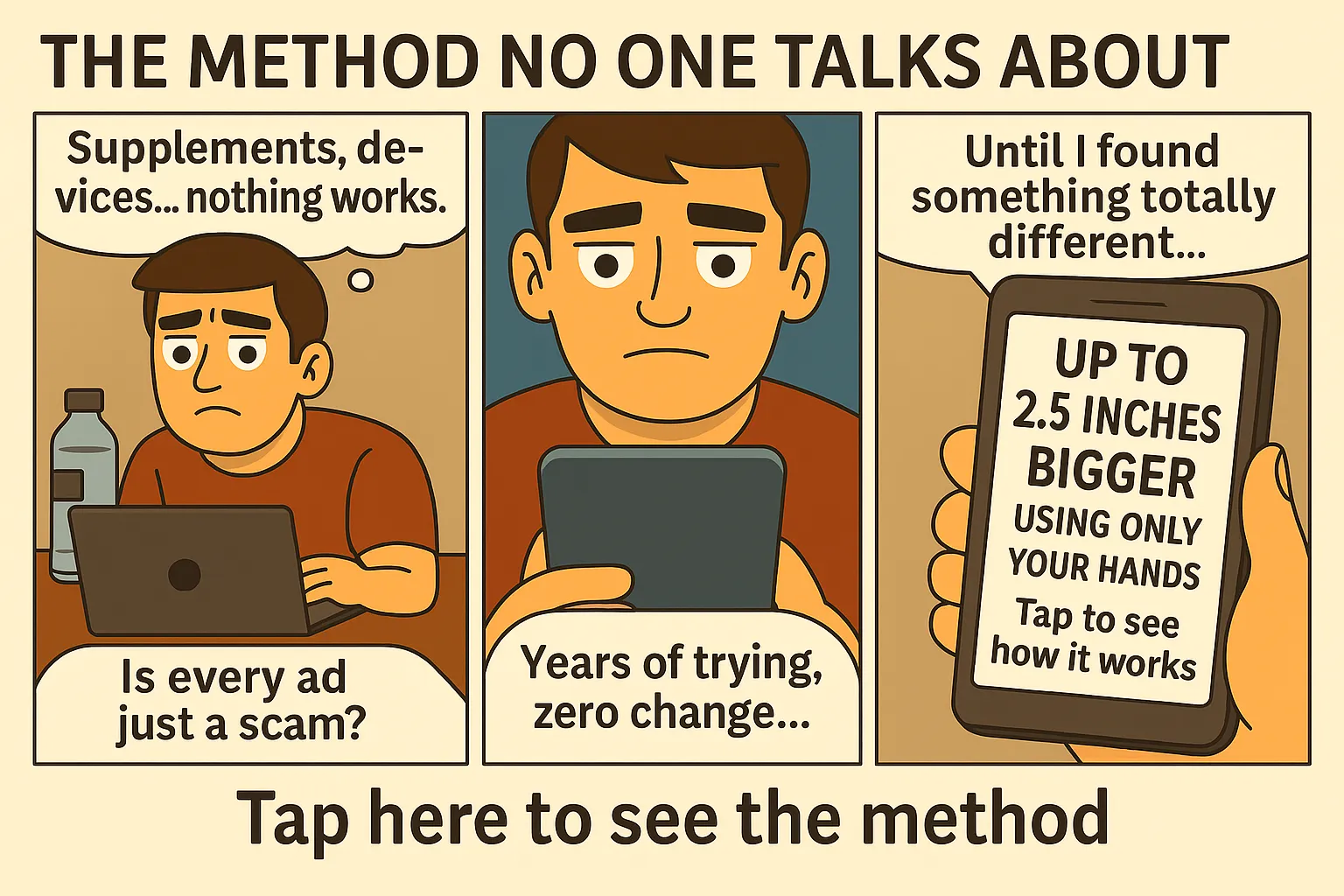How Your Bedroom Lighting Is Quietly Killing Your Testosterone 🌙
Most men don’t realize it, but their phones, laptops, and bedroom lighting are silently destroying their hormones. The comparison between blue light vs natural light is more than a productivity tip — it’s a crucial battle for your testosterone, melatonin, and sleep quality.
Why Sleep Matters for Male Performance
Sleep isn’t just rest — it’s the nightly reboot that fuels testosterone, libido, recovery, and brainpower. Poor sleep equals low testosterone, high cortisol, and weak erections. Period.
What Is Blue Light and Why It’s So Damaging
Blue light is a high-energy wavelength emitted by LED screens, smartphones, and artificial lights. It mimics daylight — tricking your brain into thinking it’s still daytime, even at night.
Melatonin Suppression
Melatonin is your body’s sleep hormone. Blue light exposure after sunset blocks melatonin production, delaying sleep and reducing its quality.
Disrupted Circadian Rhythm
Your body runs on a 24-hour biological clock. Blue light exposure at night resets this rhythm, confusing your hormonal timing and reducing the release of testosterone during deep sleep.
Natural Light vs Blue Light 💡🌞
| Factor | Natural Light | Blue Light (Screens) |
|---|---|---|
| Melatonin Release | Boosts at night with proper exposure | Suppressed and delayed |
| Testosterone Rhythm | Aligned with circadian flow | Disrupted hormone spikes |
| REM Sleep | Enhanced by early light + darkness | Decreased quality and duration |
| Dopamine Sensitivity | Improved with morning exposure | Blunted by late-night light use |
| Sexual Function | Improved libido and recovery | Lowered desire and erectile quality |
Natural Light: The Forgotten Biohack
Sunlight exposure in the morning is one of the most powerful tools to reset your circadian rhythm, enhance mood, and trigger testosterone. It tells your body: “It’s morning — let’s produce hormones and perform.”
Morning Light = Morning Wood
There’s a direct correlation between early sunlight and testosterone rhythm. Natural light boosts dopamine and suppresses cortisol at the right time — building the perfect hormonal environment for libido and performance.
Blue Light and Testosterone Suppression
Late-night scrolling may feel harmless, but it can destroy your hormonal output. Studies have shown that artificial blue light exposure delays REM sleep, which is when testosterone and growth hormone surge.
Impact on Erectile Quality
Poor sleep from blue light exposure reduces nitric oxide production and testosterone — two keys for strong, lasting erections.
How to Block Blue Light and Protect Your Hormones
Here’s how high performers reduce blue light and sleep deeper:
- Use blue light blocking glasses after 7 PM
- Switch screens to “night mode” or “dark mode”
- Use apps like f.lux or Iris Tech to filter blue light
- Dim house lights and use red or amber bulbs after sunset
No Screens 60 Minutes Before Bed
This one rule alone can restore deep sleep. Replace screens with journaling, reading, or sex — your body and brain will thank you.
Stacking Light Exposure for Hormonal Gains
Combine morning sunlight and blue light blocking at night to create a 24-hour hormone-optimizing cycle. This method enhances sleep, testosterone, mood, and libido naturally.
Morning Routine with Light
Step outside within 30 minutes of waking. Even 10 minutes of real light sets your brain’s master clock — the suprachiasmatic nucleus — improving sleep that night.
Also Read:
Want to go deeper? Access the full guide to natural sexual performance here.
The Hidden Connection Between Light and Male Hormones
Most men overlook light as a hormonal signal. But your body relies on natural light cues to determine when to release testosterone, cortisol, melatonin, and dopamine. If these cues are disrupted, everything from libido to motivation suffers.
Morning Sunlight and Testosterone
Exposure to full-spectrum sunlight in the first 60 minutes of your day triggers a healthy spike in cortisol (good stress), which resets your internal clock and paves the way for a bigger testosterone release during sleep.
Blue Light at Night = Testosterone Suppression
When you look at screens after dark, your brain interprets it as daylight. This delays melatonin, reduces REM, and blocks the testosterone wave that typically hits during deep sleep stages.
Real-Life Transformation: Light Reset Case Study
Daniel, 39 was struggling with poor sleep, brain fog, and low libido. After implementing a light-focused routine, his sleep quality improved, and morning erections returned within two weeks.
His Simple Protocol:
- 15 minutes sunlight by 8 AM
- No screens after 9 PM
- Used red light bulbs in bedroom
- Blue blocker glasses after sunset
The Dopamine Tie-In: Motivation, Focus, and Sex Drive
Blue light at night disrupts dopamine cycles. This reduces motivation, dulls pleasure response, and increases cravings for junk food, porn, and passive stimulation. Natural light in the morning enhances dopamine sensitivity — making you more driven, focused, and sexually responsive.
Why Darkness Matters at Night
To trigger melatonin and enter deep recovery sleep, your environment needs to be pitch black. Even small light exposure — from a charger or TV light — can lower melatonin and interfere with your hormonal rhythm.
Building a Light Discipline Routine
Want a strong libido and consistent performance? Build your day around light cues, not just training or supplements.
Light Discipline Stack
- ☀️ 10–15 min direct sunlight upon waking
- 🧠 Avoid artificial light 90 minutes before bed
- 🕯️ Switch to red or amber bulbs after sunset
- 📴 No screens 1 hour before sleep
- 🛏️ Blackout curtains and sleep mask for deep sleep
Common Myths About Blue Light and Sleep
Let’s clear up some of the biggest lies modern men are told about screen exposure and sleep hygiene:
“Night mode on my phone is enough”
Nope. While night mode reduces blue wavelengths slightly, it’s not enough to stop melatonin suppression. You need dedicated blue light filters or blockers to truly protect your sleep hormones.
“I fall asleep fine after scrolling — so I’m good”
Falling asleep isn’t the same as getting deep, high-quality sleep. You may pass out, but blue light still reduces REM and deep sleep cycles — the very stages that restore testosterone, mood, and sex drive.
“Blue light isn’t that big of a deal”
Tell that to your hormones. Studies show even 30 minutes of blue light exposure before bed can delay melatonin by over 90 minutes. That’s enough to wreck sleep quality, testosterone production, and next-day energy.
How Light Affects Erections and Libido
Here’s the direct impact of poor light hygiene on sexual performance:
- Less melatonin = less REM = lower testosterone
- Higher nighttime cortisol = poor blood flow and libido
- Disrupted dopamine = low desire and weak arousal
Natural Light = Natural Libido
Morning light restores your circadian rhythm and sets the stage for a powerful hormonal cascade — including testosterone, dopamine, and serotonin. These three directly control libido, arousal, and sexual confidence.
Daily Light Routine for Sexual Dominance
Here’s a full-day protocol that maximizes light exposure for hormonal success:
Morning
- Wake and step outside within 10–20 minutes
- Get at least 10 minutes of natural light (no sunglasses)
- Walk or move lightly to enhance circadian activation
Midday
- Expose forearms and face to sunlight during lunch
- Optional 5-min sun breaks throughout the day
Evening
- Switch to amber lighting after sunset
- Block blue light with glasses or filters by 8PM
- No screen use 1 hour before bed
Night
- Blackout room completely — no LEDs or devices
- Use sleep mask if needed
- Ensure complete darkness for optimal melatonin release
Scientific Proof: Light Exposure and Hormone Production
Multiple studies back the idea that light governs your hormone cycles. A 2017 study in the Journal of Clinical Endocrinology found that blue light exposure before bed significantly reduced melatonin levels and delayed sleep onset — even after just one hour.
Sunlight and Testosterone Correlation
Another study published in Hormone and Metabolic Research showed that men with regular sunlight exposure had up to 69% higher testosterone than those with limited light exposure. Natural light, especially morning UV rays, stimulates vitamin D — a key testosterone cofactor.
Night Owls vs Early Risers: Who Performs Better?
Men who align with natural light cycles (early risers) consistently show better sleep, testosterone levels, and sex drive. Staying up late under artificial light may feel productive — but it comes at a hormonal cost.
The 3AM Hormone Drop
Late screen time pushes cortisol late into the night and suppresses melatonin. This throws off the 3–5AM testosterone spike — one of the most critical windows for sexual recovery and erectile performance.
Light Hygiene Checklist for Men
- ☀️ Expose yourself to sunlight within 20 minutes of waking
- 🕶️ Use blue blockers after sunset
- 🧠 Avoid screens 1 hour before bed
- 🛏️ Black out your bedroom — no LEDs, no blinking chargers
- 🧬 Track sleep and morning libido to monitor progress
Final Words: Control the Light, Control Your Hormones
Most men obsess over training and diet but ignore light — the master switch of hormonal function. Fix your light environment and your testosterone, sleep, libido, and focus will follow.
If you’re serious about unlocking your full potential, access our full guide to natural male performance here.
Lifestyle Habits That Amplify Light Optimization
Controlling light is just the beginning. To fully optimize hormone production and libido, stack these lifestyle habits on top of your light hygiene routine:
1. Sleep-Consistent Wake Time
Go to bed and wake up at the same time daily, even on weekends. This reinforces your circadian rhythm and stabilizes cortisol/testosterone cycles.
2. No Caffeine After 2PM
Caffeine too late raises evening cortisol, blocks melatonin, and damages REM cycles. Save stimulants for the morning only.
3. Evening Wind-Down Ritual
Stretching, breathwork, magnesium, journaling — create a non-digital ritual that tells your nervous system: it’s time to rest, recover, and rebuild testosterone.
4. Sync Training to Light
Train in the late morning or early afternoon when energy is high and cortisol is tapering. Avoid intense workouts late at night, which can delay sleep and recovery hormones.
Light Is the Hormonal Reset Most Men Ignore
You don’t need more supplements, stimulants, or hacks. You need alignment. Light is the missing switch — the signal your biology has obeyed for millennia. Master it, and every other system in your body follows.
Frequently Asked Questions
What’s the best time to get sunlight to boost testosterone?
Within the first 30–60 minutes after waking. This anchors your circadian rhythm and sets up your hormonal flow for the day.
Do phone night modes really block blue light?
Partially. Night modes reduce brightness and blue spectrum, but true protection comes from glasses or red/amber lighting alternatives after sunset.









